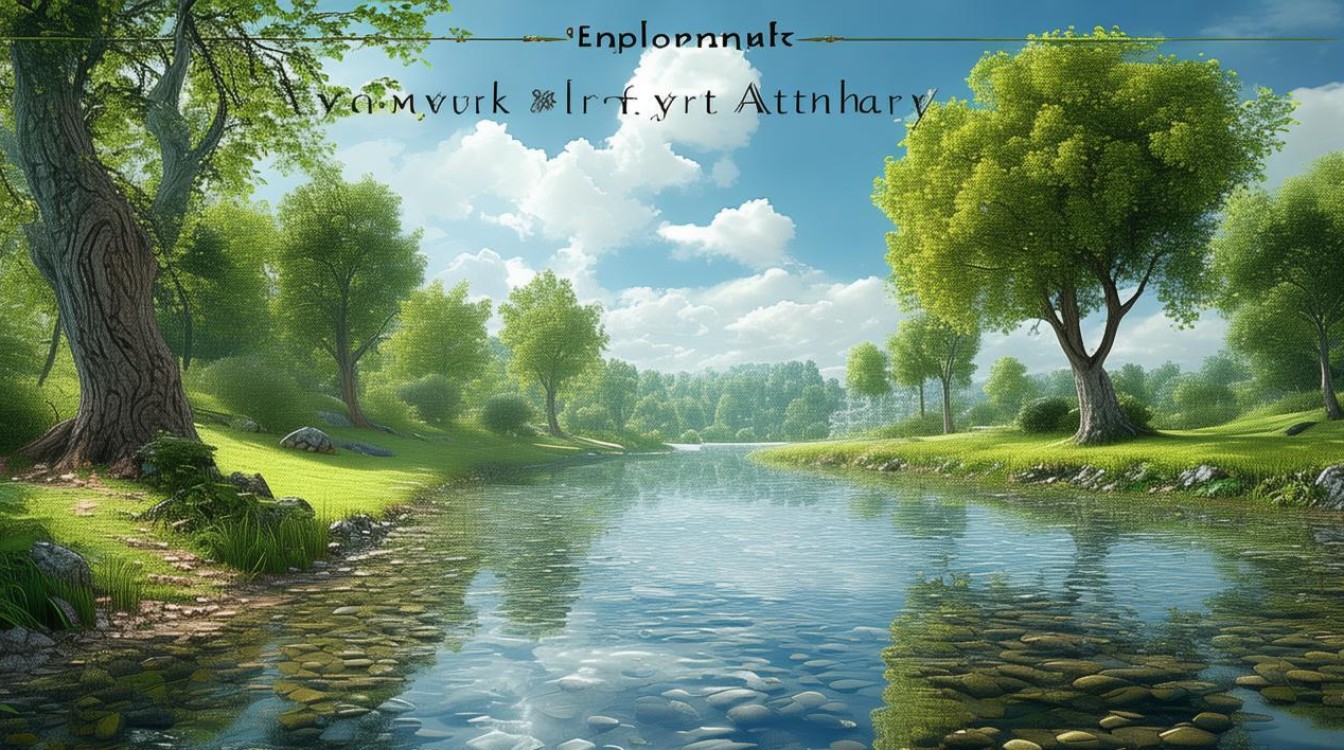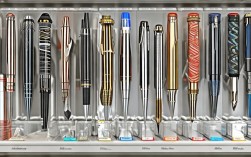The world of art is rich with specialized terminology that helps enthusiasts, collectors, and scholars communicate with precision. Whether discussing Renaissance masterpieces or contemporary installations, understanding these terms enhances appreciation and engagement. Below is a curated selection of essential English vocabulary related to artwork, categorized for clarity.

Mediums & Materials
The foundation of any artwork lies in its medium—the materials used in its creation. Familiarity with these terms ensures accurate descriptions.
- Oil Paint – A slow-drying paint made with pigment suspended in oil, favored for its rich texture.
- Watercolor – Transparent paint diluted with water, known for its delicate washes.
- Acrylic – Fast-drying synthetic paint, versatile for both thick impasto and smooth layers.
- Charcoal – A carbon-based drawing tool producing deep blacks and soft gradients.
- Pastel – Pigmented sticks with a chalky consistency, ideal for vibrant, blendable strokes.
- Fresco – A mural technique where paint is applied to wet plaster, common in Renaissance art.
- Mixed Media – Art combining multiple materials, such as collage or digital integration.
Artistic Styles & Movements
Recognizing different styles helps contextualize artwork within historical and cultural frameworks.
- Realism – Depicts subjects truthfully, without idealization.
- Impressionism – Emphasizes light and movement with loose brushwork.
- Cubism – Fragmented forms and geometric abstraction, pioneered by Picasso.
- Surrealism – Dreamlike imagery exploring the subconscious.
- Abstract Expressionism – Non-representational art focusing on emotion and spontaneity.
- Pop Art – Bold, mass-culture-inspired visuals, like Warhol’s soup cans.
- Minimalism – Stripped-down compositions emphasizing simplicity.
Techniques & Processes
Artists employ various methods to achieve their vision. These terms describe their approaches.

- Chiaroscuro – Dramatic contrast between light and shadow.
- Sfumato – Soft blending of tones, famously used by da Vinci.
- Impasto – Thickly applied paint creating textured surfaces.
- Glazing – Layering transparent paint for luminous effects.
- Stippling – Creating patterns or shading with small dots.
- Scumbling – Applying a thin, opaque layer to soften colors.
Composition & Design Elements
Understanding how artworks are structured enhances visual literacy.
- Perspective – Techniques to create depth (linear, aerial).
- Focal Point – The dominant area drawing the viewer’s attention.
- Negative Space – The empty areas surrounding subjects.
- Symmetry – Balanced, mirror-like arrangements.
- Asymmetry – Uneven yet harmonious compositions.
- Contrast – Juxtaposing elements for visual impact.
Artwork Types & Formats
Different forms of art require distinct terminology.
- Still Life – Arrangements of inanimate objects.
- Portrait – A depiction of a person or group.
- Landscape – Scenes of natural or urban environments.
- Genre Painting – Everyday life depictions.
- Installation – Immersive, often large-scale works.
- Performance Art – Live, time-based artistic expressions.
Art Market & Collecting Terms
For buyers and sellers, these words are crucial in navigating the art world.

- Provenance – The documented history of ownership.
- Appraisal – Valuation of an artwork’s worth.
- Auction House – Institutions like Sotheby’s or Christie’s facilitating art sales.
- Limited Edition – A restricted number of prints or copies.
- Patron – A supporter or sponsor of artists.
Critiquing & Describing Art
Articulating opinions requires precise language.
- Dynamic – Energetic, full of movement.
- Subtle – Understated, nuanced.
- Bold – Striking, confident.
- Evocative – Provoking strong emotions or memories.
- Harmonious – Pleasingly balanced.
- Dissonant – Intentionally jarring or unsettling.
Mastering these terms empowers deeper engagement with art, whether analyzing a classical painting or discussing modern installations. The right vocabulary bridges the gap between observation and understanding, enriching every encounter with creativity.
For those eager to expand their knowledge further, exploring museum glossaries or art history texts can provide even greater depth. The language of art is ever-evolving—just like the works themselves.



